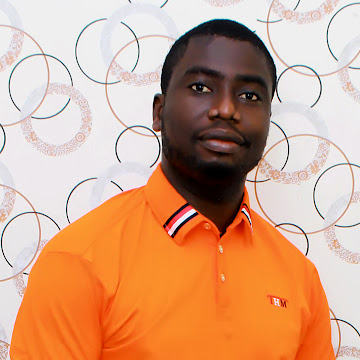561 reads
Exploring the Ironclad Encryption Standard
by
August 29th, 2022
Audio Presented by

Tech enthusiast and freelance writer. Columnist in many other authoritative publications.
About Author
Tech enthusiast and freelance writer. Columnist in many other authoritative publications.